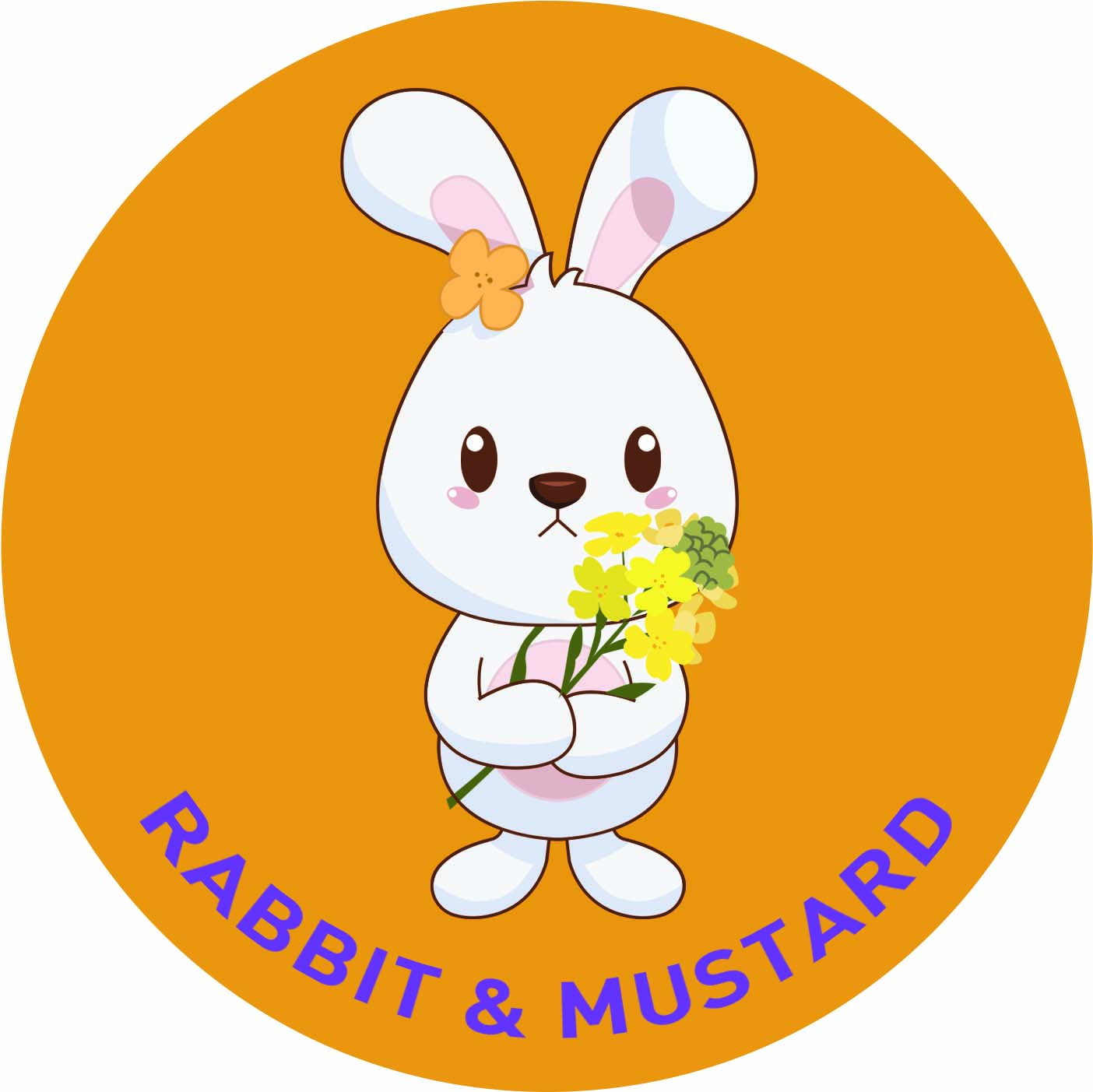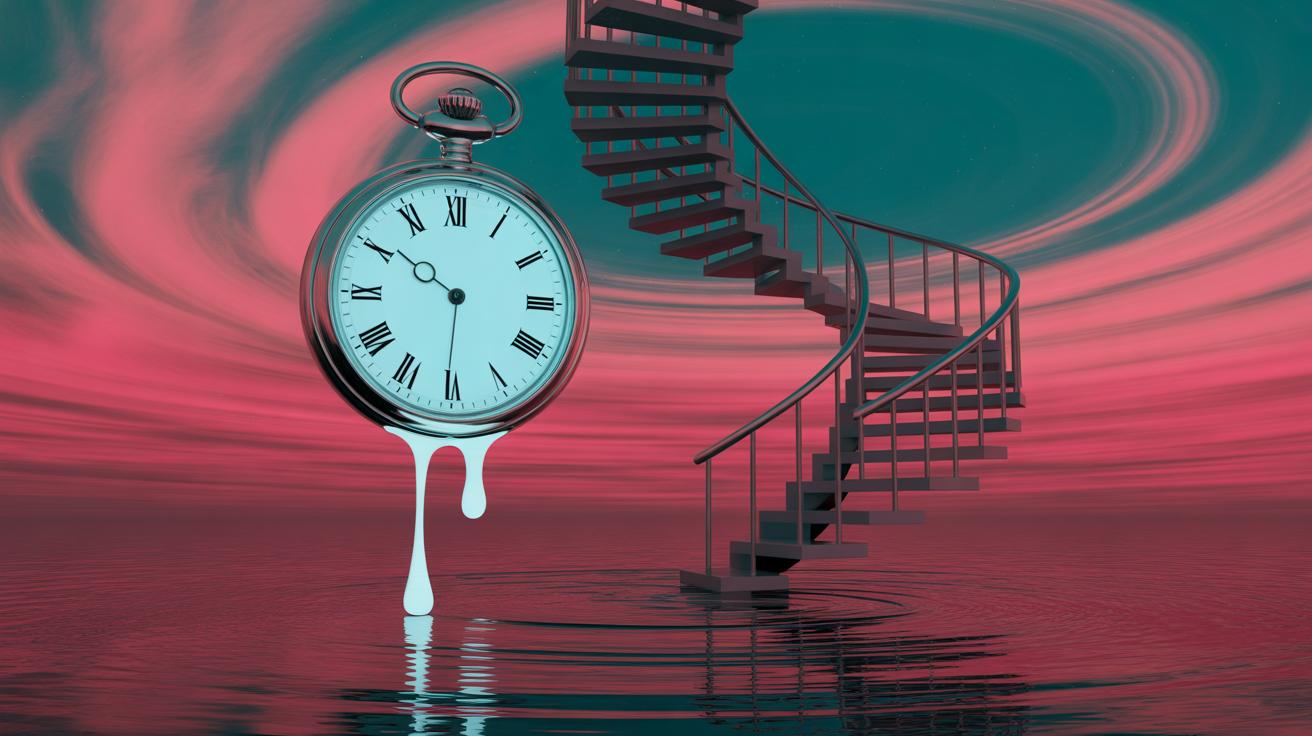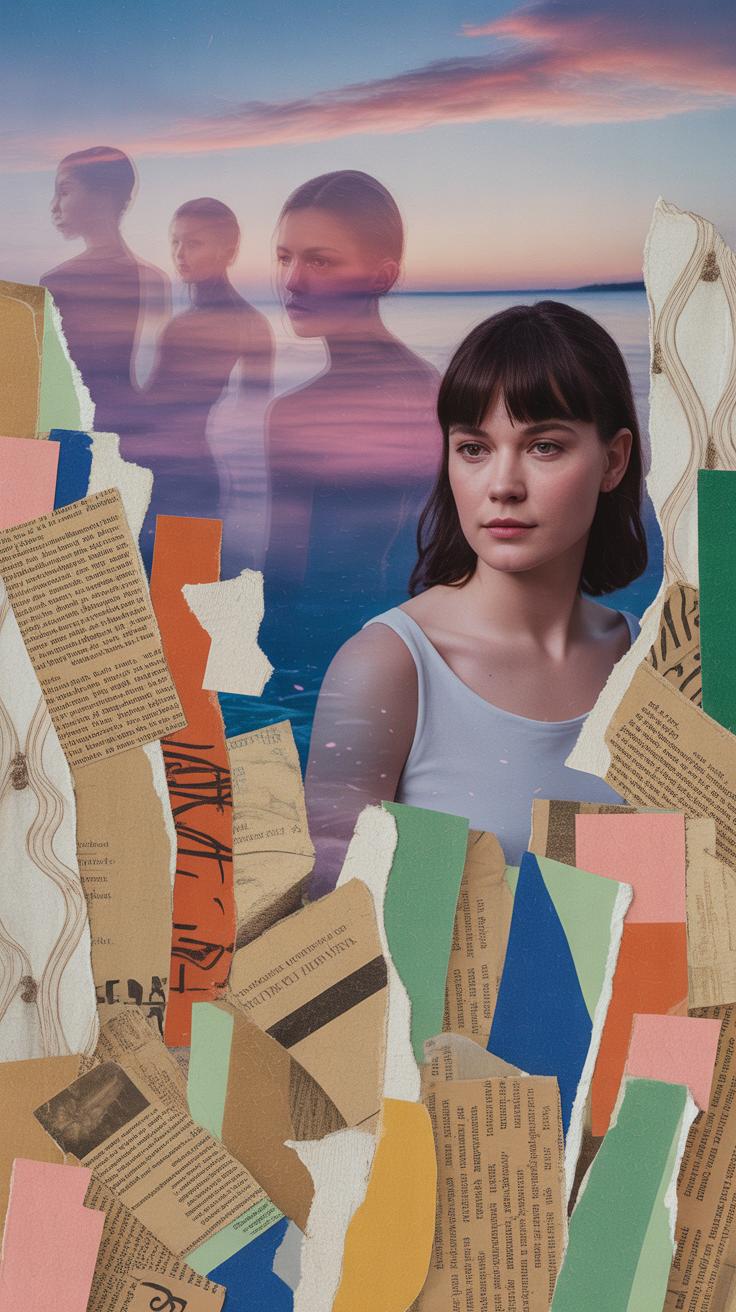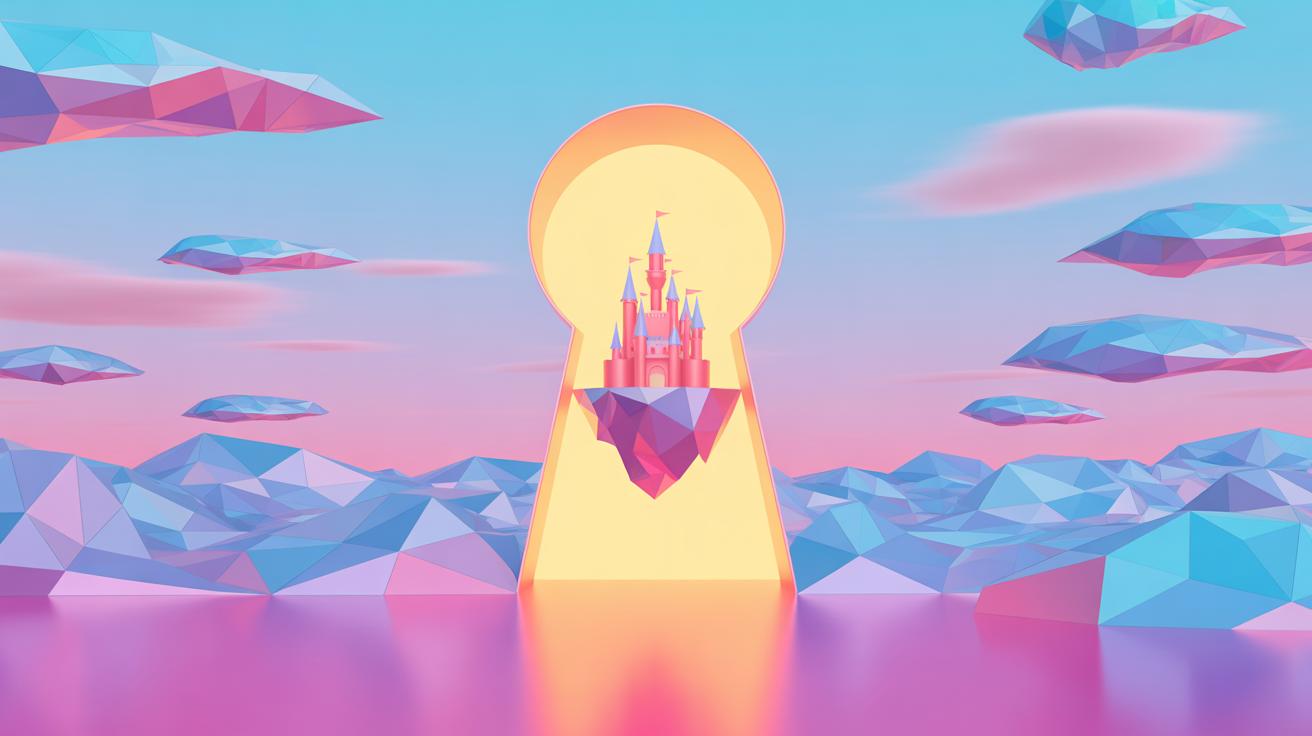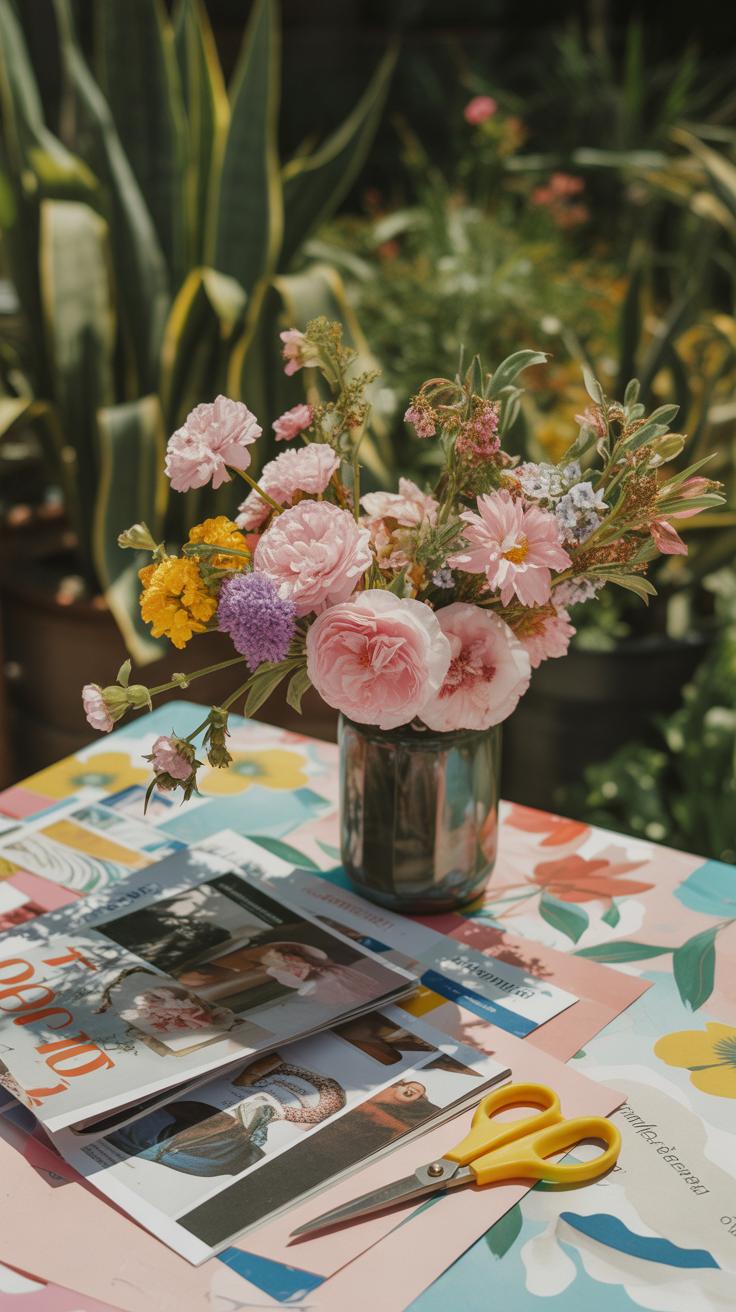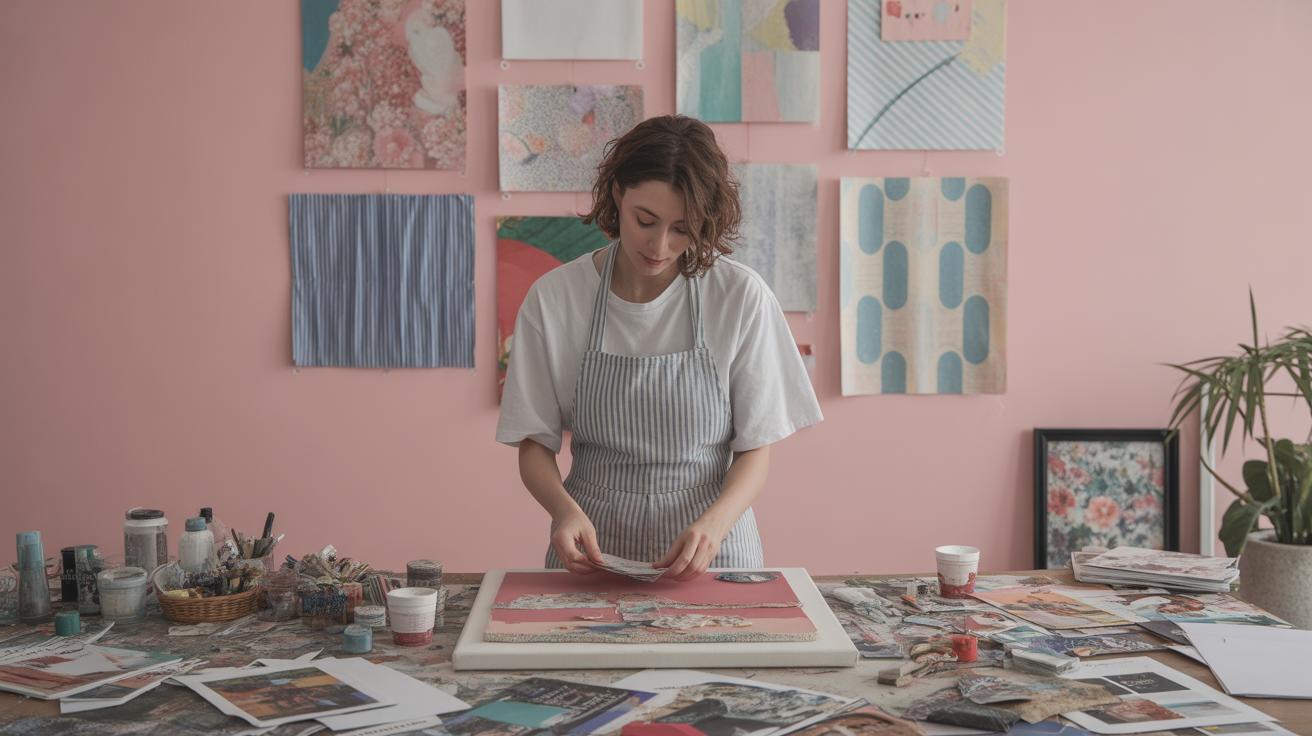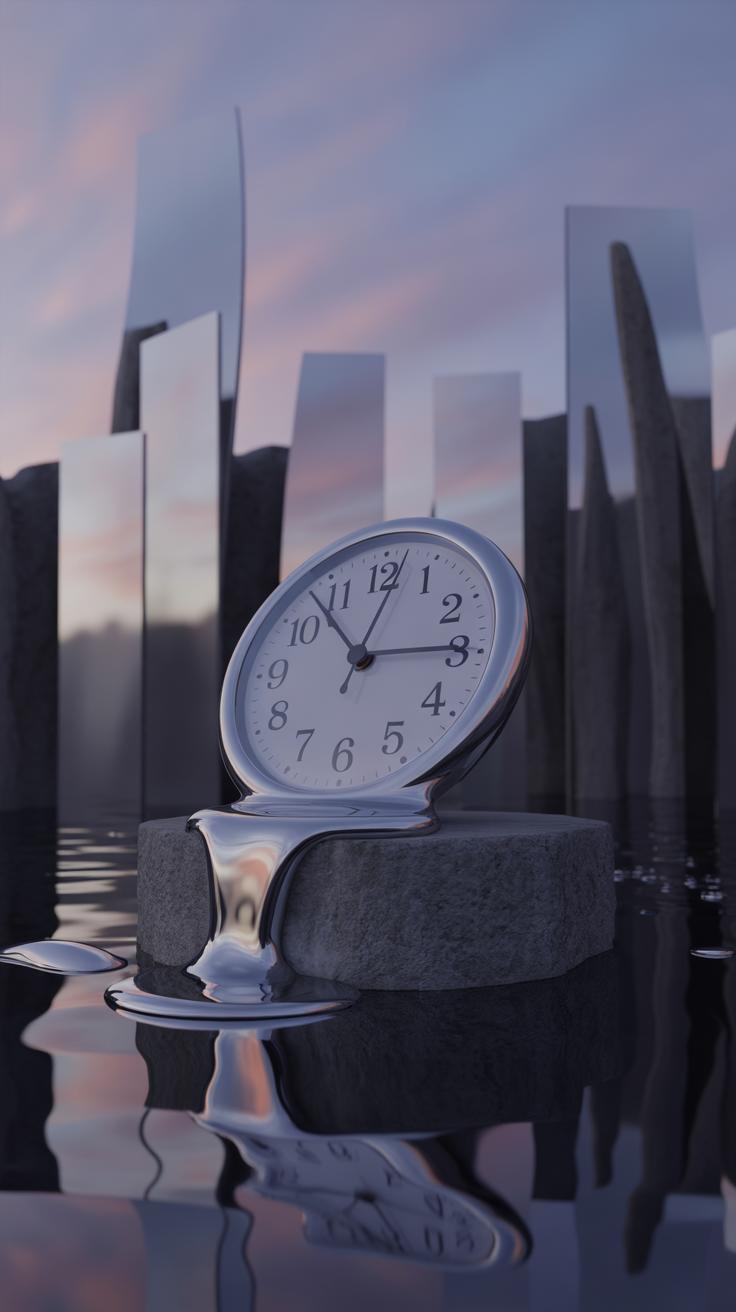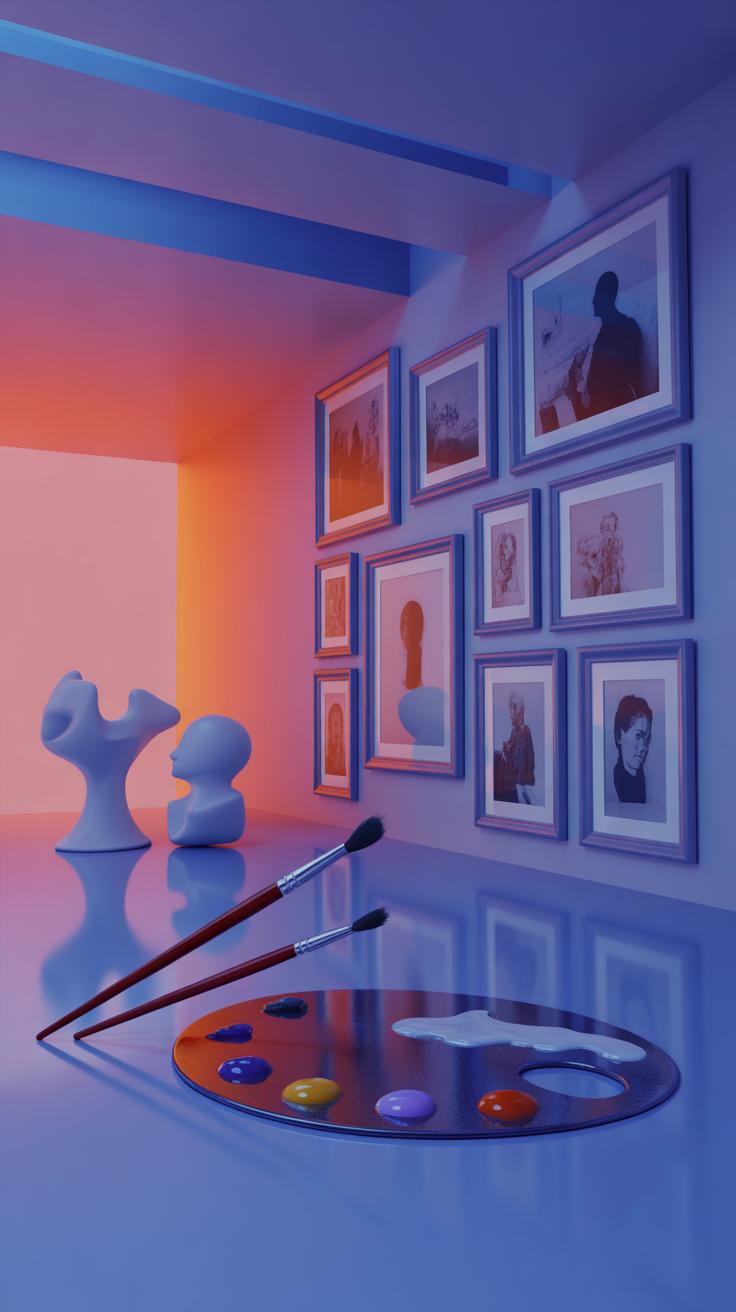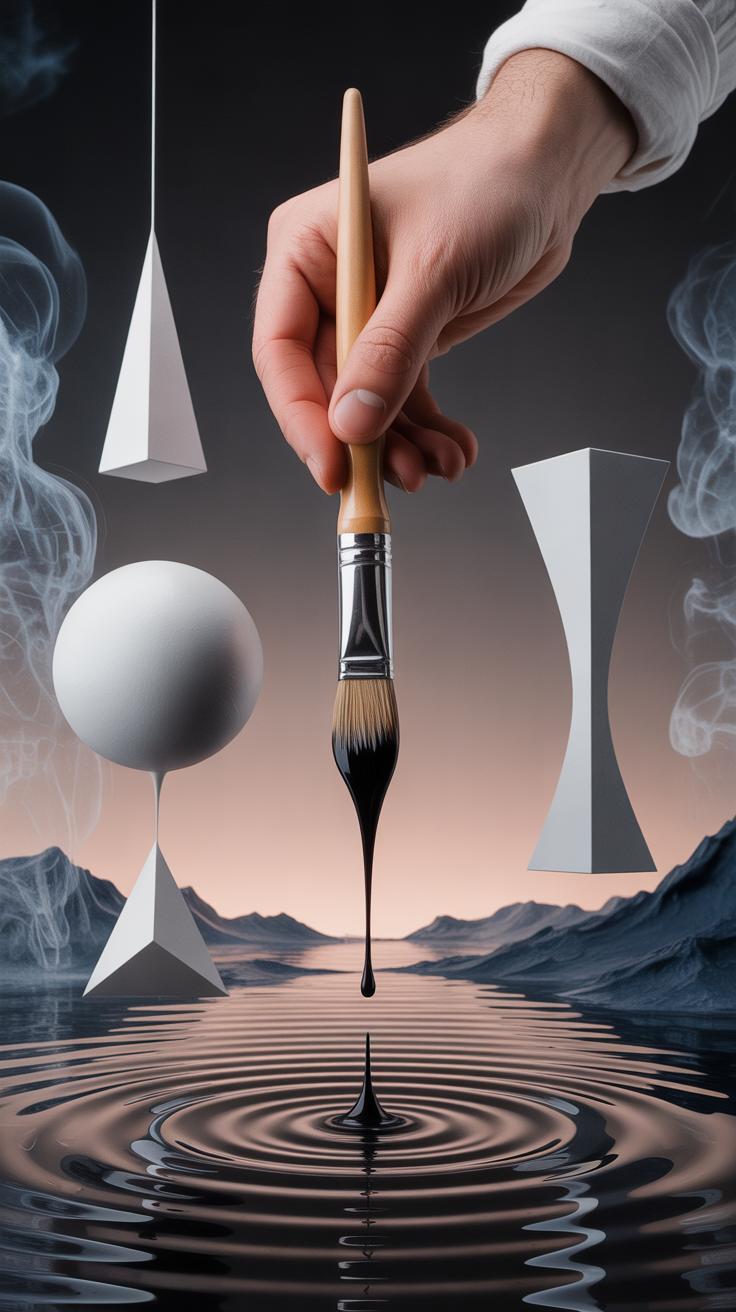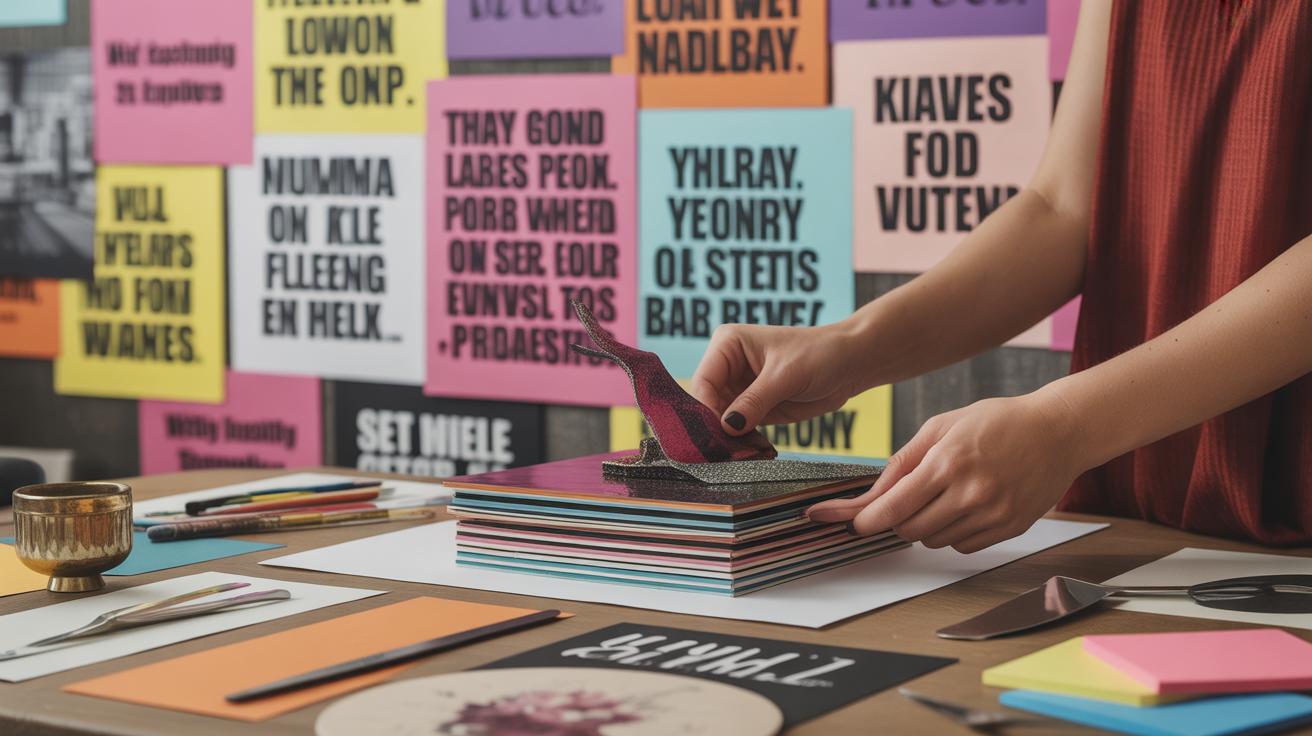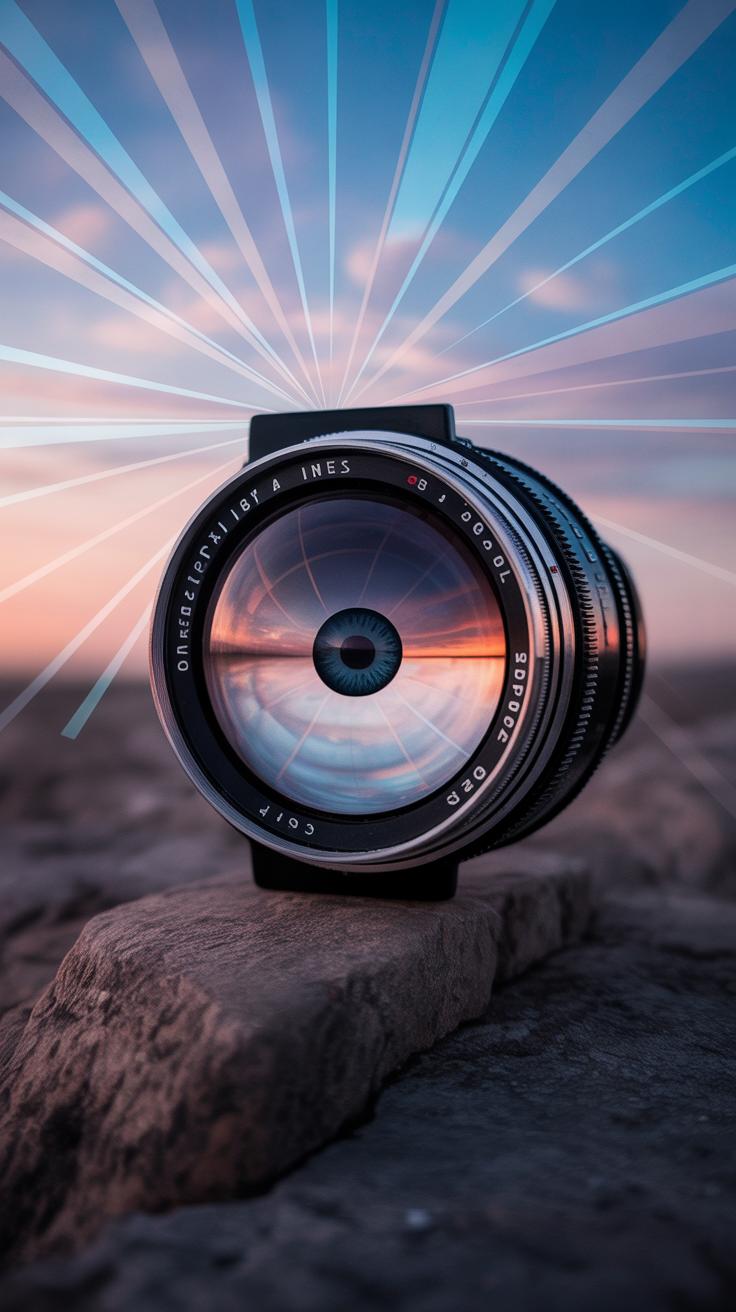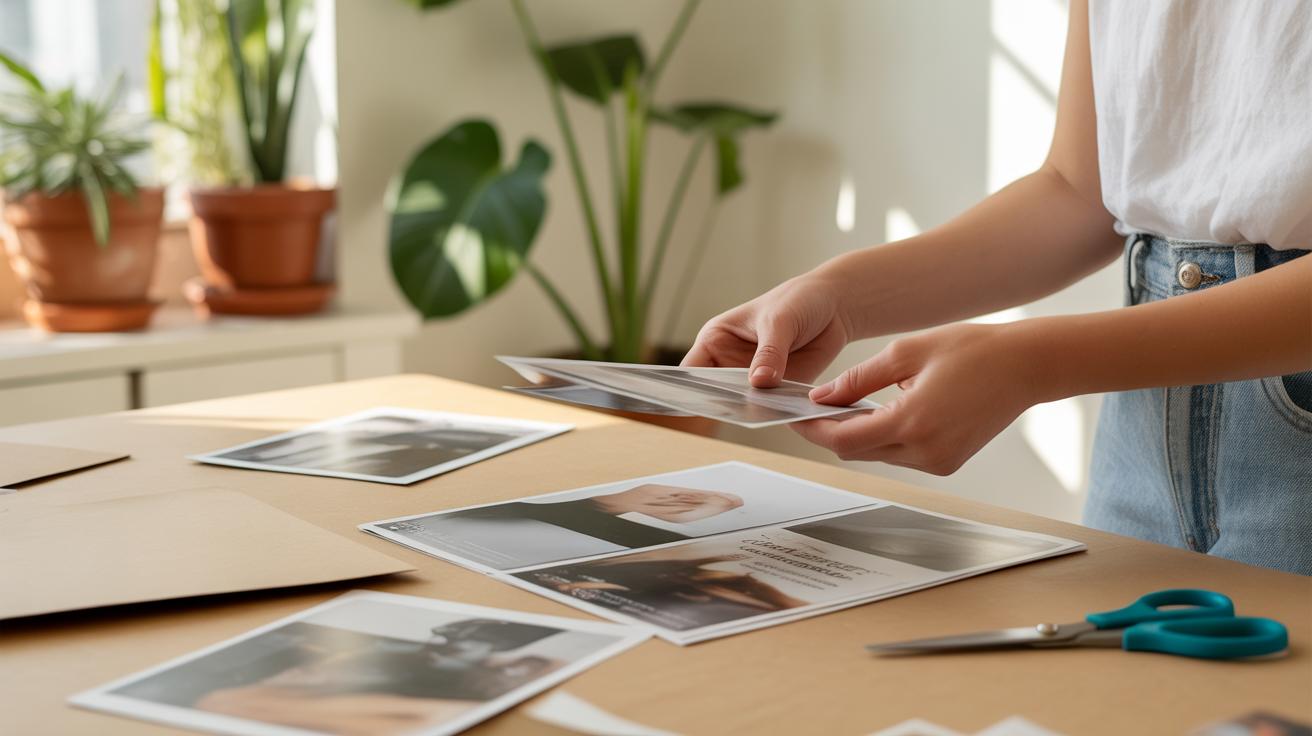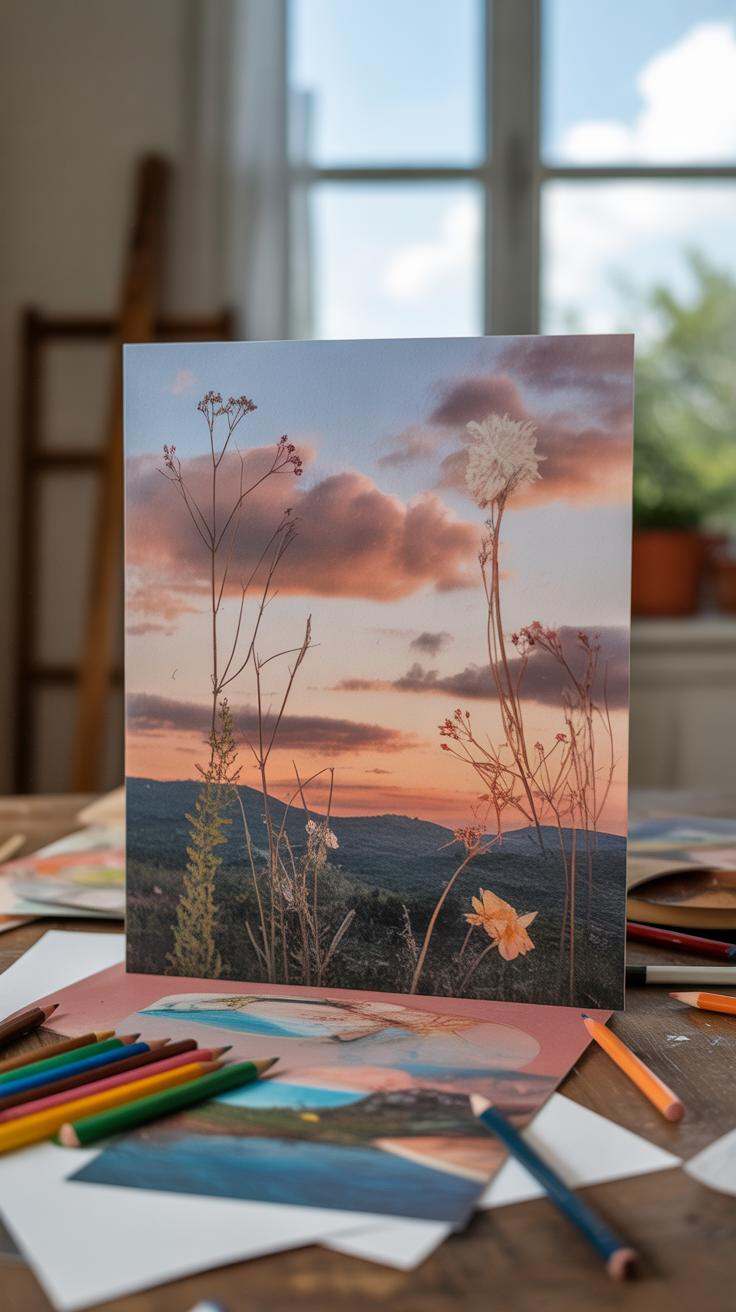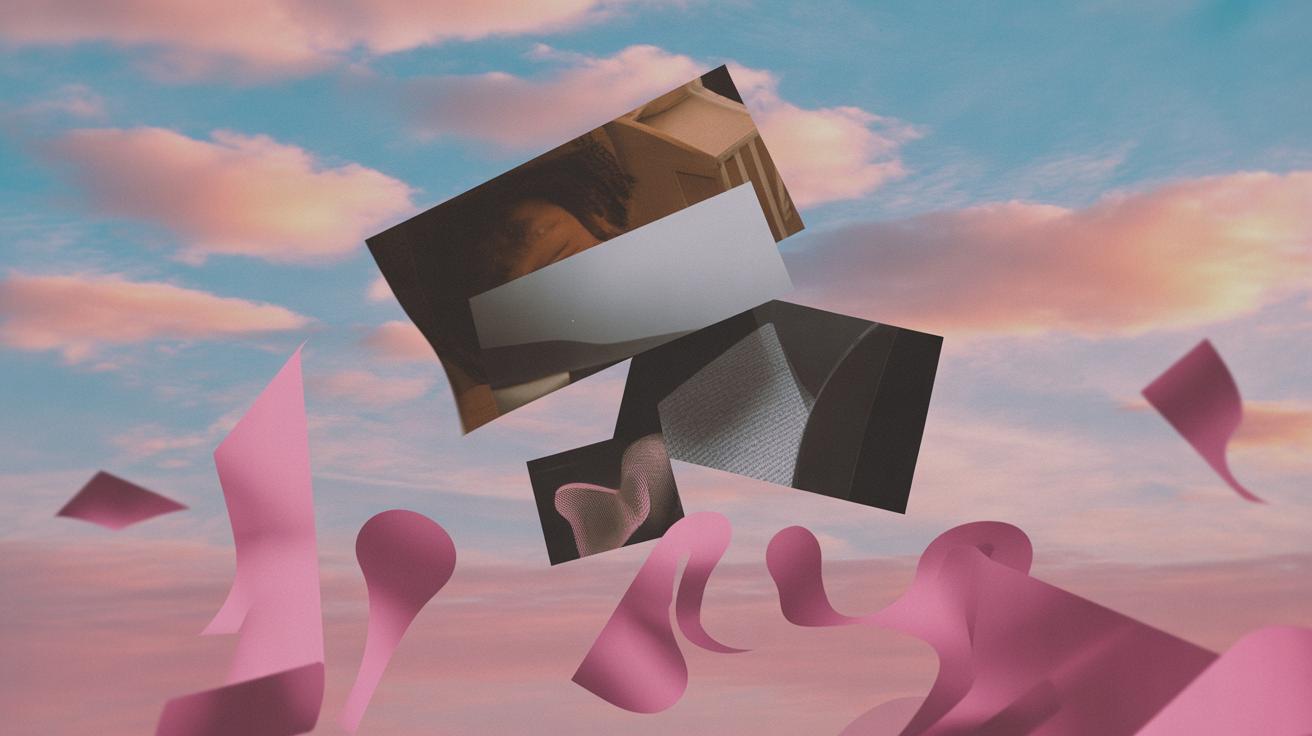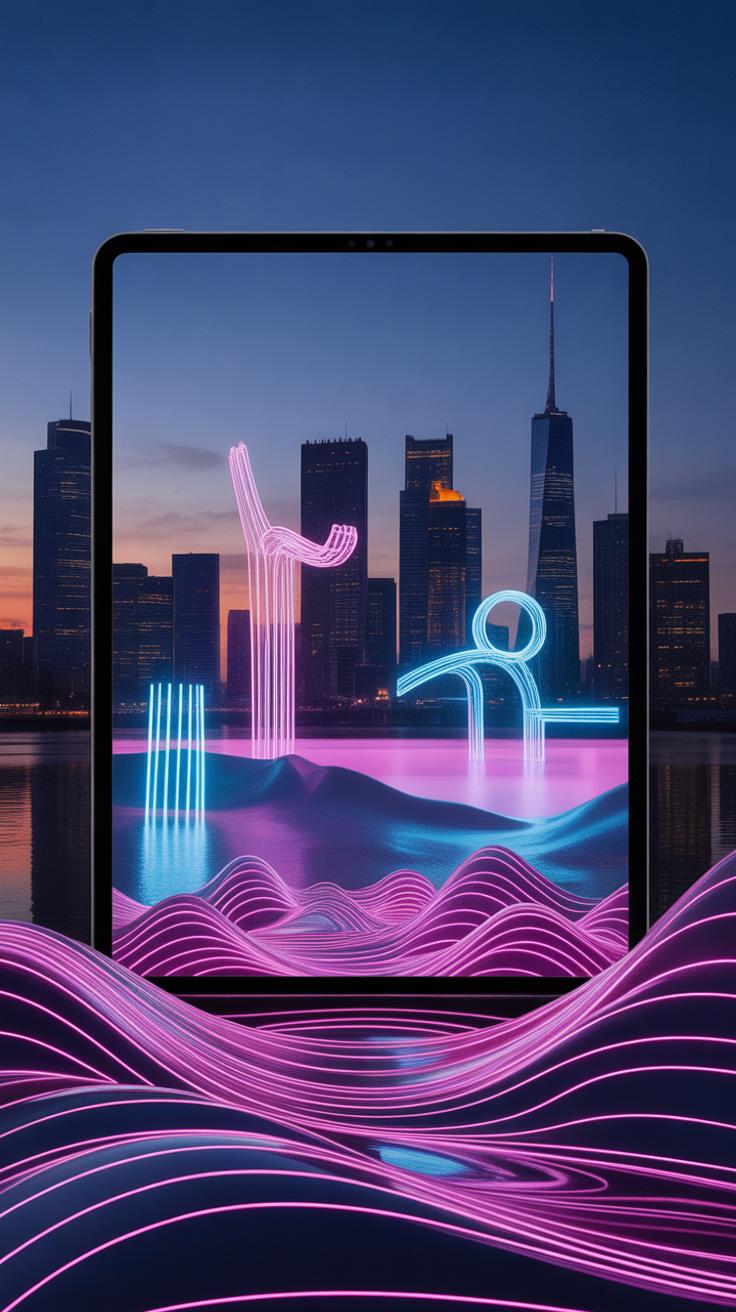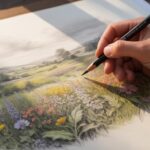Introduction
Surrealism is a type of art that tries to mix dreams and reality into new and surprising pictures. It started in Europe just after World War I as a way for artists to express their inner thoughts and feelings that don’t always follow normal rules. This movement is about showing how the mind works beyond what we see in everyday life.
In this article, we will look into different surrealism art ideas that can help you create amazing pieces. We will explore what surrealism is, how it began, and practical ways you can use its ideas in your own artwork to inspire creativity and new expressions.
What Surrealism Means
Surrealism is, in a way, an attempt to blur the line between dream and reality. It’s an art movement that aims to bring what’s hidden in our unconscious minds out into the open, where it can take shape through strange, sometimes unsettling images. The goal isn’t just to show the surreal or bizarre for its own sake, but to express those deep, often illogical thoughts and feelings that we don’t usually recognize while awake.
The movement started in Europe after World War I, a time when many were questioning what society really meant, especially after the immense devastation. Artists and thinkers wanted to escape the rationality that they saw as having contributed to such chaos. The unconscious mind, the place of dreams and irrational thoughts, became their focus—a way to tap into a more genuine reality that exists beneath everyday life.
Where Surrealism Started
Right after WWI, the world was jarring and fragmented. Surrealism emerged largely in France, inspired by the earlier Dada movement—which was more a sort of protest against traditional art and culture. Yet, Surrealism quickly took on a more constructive role, seeking to explore the mind rather than destroy meaning.
André Breton is often called the father of Surrealism. He wrote the first Surrealist Manifesto in 1924, outlining ideas that shaped the movement. Influenced by Sigmund Freud’s work on dreams and psychology, Breton sought to unlock the unconscious through automatic writing, spontaneous imagery, and other techniques. There was a feeling of wanting to overturn logic but in a way that revealed something truer about the human experience.
Key Features of Surrealist Art
Surrealist art grabs your attention by mixing things you wouldn’t normally see together. These unexpected juxtapositions make you stop and think—why is that elephant walking on a fish, or why is a clock melting over a tree branch? It’s these strange combinations that pull you into a space that feels dream-like but also oddly real.
- Imagery often feels fluid—objects transform or melt, as if time or gravity doesn’t behave normally.
- There’s a sense of surprise. The familiar becomes unfamiliar, making everyday objects look mysterious or uncanny.
- Scenes usually lack clear logic or narrative, pushing you to rely on intuition rather than reason.
When you look at Surrealist art, you might realize it doesn’t always provide neat answers. Instead, it opens questions, stirs curiosity, and blends the strange with the familiar in a way that feels personal and sometimes difficult to explain.
Famous Surrealist Artists and Their Works
Surrealism brought a strange new language to art, and some artists became its most famous voices by capturing the unconscious in vivid and puzzling ways. Salvador Dalí and René Magritte are two of the best-known figures, and their artworks reveal how surreal ideas unfold visually as both familiar and uncanny.
Salvador Dalí and Dream Imagery
Dalí’s art feels like wandering inside a dream—or sometimes a nightmare. His paintings often mix bizarre objects with a hyper-real finish, creating a tension between the real and the imaginary. Think of his melting clocks in “The Persistence of Memory,” where time seems to dissolve and lose meaning. Dalí’s landscape is often barren, with distorted figures and strange shadows, reflecting how dreams break the usual rules of space and logic.
His use of surreal imagery isn’t just random oddity. It’s a visual language of the subconscious—things from childhood, hidden desires, fears—all layered so you keep discovering new meanings the longer you look. You might find his melting clocks weirdly familiar, like memory itself slipping away.
René Magritte’s Visual Puzzles
Magritte took everyday objects and flipped them into visual puzzles. A pipe that isn’t a pipe (“The Treachery of Images”), or a man with an apple obscuring his face (“The Son of Man”)—these images challenge what you expect to see. They make you question how meaning attaches to objects and words.
What’s fascinating about Magritte’s work is how it slows you down. You recognize each element, but the combination unsettles you. His paintings don’t offer clear answers but provoke doubt about perception itself. You end up wondering: Can an image truly represent reality? Or is it always a kind of trick, a clue to hidden layers beneath the surface?
Both Dalí and Magritte use very different methods. But they connect on one level—making the invisible parts of our mind visible, and asking you, the viewer, to rethink reality. It’s this power to blend the familiar with the strange that keeps their work so alive and inspiring even today.
Techniques to Create Surrealism Art
Automatism and Free Drawing
Automatism is a way to escape your planned thoughts. You simply let your hand move across the paper or canvas without trying to control what happens. Some artists describe it like listening to their subconscious speak through their brush or pencil. It can feel strange at first—you might wonder if you’re just making random marks—but often, unexpected shapes and forms emerge that surprise even the artist. This technique opens a door to visual ideas you might never have consciously considered. It’s not about perfection; it’s about surrendering control and letting your inner world spill out.
Trying automatism yourself can be revealing. Maybe you start drawing without any clear goal, and suddenly a strange figure or place appears. Or you find patterns that feel oddly familiar yet unexplainable. This approach encourages trusting your instincts, even when the results seem confusing or incomplete.
Collage and Unexpected Juxtapositions
Collage in Surrealism goes beyond cutting and pasting. It’s about putting things side by side that don’t normally belong together, creating strange or unsettling relationships. Imagine an image of a clock hanging over a seashore, or a bird with human eyes. These juxtapositions force you to look twice, making your brain question what you assume to be normal. This surprise factor can shake loose stale ways of seeing.
Artists often source images from magazines, photographs, or prints, then combine them in odd pairings. Sometimes they layer textures or play with scale, stretching reality in subtle or dramatic ways. Collage invites you to explore how fragments can tell new stories—stories that aren’t linear or straightforward, but fragmented and alive. When you work with this technique, ask yourself: what happens when these images meet? What new meaning slips through the cracks?
How to Get Inspired by Surrealism
Finding your own spark in surrealism can feel a bit mysterious, much like the art itself. One of the most direct ways to tap into surreal ideas is through your dreams. Keeping a dream journal right by your bed can be surprisingly revealing. The moment you wake, jot down whatever fragments or images linger. Even the oddest or seemingly random details might turn into powerful visual elements for your work later on. It doesn’t have to make perfect sense—that’s part of the intrigue. Sometimes, a small detail like the color of a sky or an unusual object in a dream can ignite a full piece.
Then there’s the blend of imagination and reality, which surrealism leans on heavily. Try looking at everyday items around you and think: what if they did something unexpected? How could a chair turn into a creature? What if a street scene was rearranged with impossible perspectives? The key is to mix the familiar with the bizarre, to let reality nudge into fantasy until the lines get blurry. This can be as simple as sketching an ordinary coffee cup with features that don’t belong—tiny legs, a cracked world inside, or floating bubbles instead of steam.
To kickstart this, here are a few ideas worth exploring:
- Pick an object, and imagine it in a setting where it logically shouldn’t be.
- Combine two unrelated scenes or concepts—like a marketplace inside a whale’s belly.
- Play with scale, making something tiny enormous or vice versa.
- Use unexpected textures or patterns on familiar items—think about a clock melting into wood grain.
Remember, inspiration can strike in odd moments. Sometimes staring at a blank canvas feels impossible. Other times, sketching nonsense helps unlock something real. Do you ever wonder why certain images stick in your mind while others fade? That might be your surrealist muse nudging you—pay attention to it, even if it feels confusing or incomplete.
Creating Surrealism Art with Simple Materials
Getting started with surrealism doesn’t require fancy tools or expensive supplies. Sometimes, you just need a pen, some paper, or a pile of old magazines. These humble materials can open the door to surprising, mind-bending ideas that surprise even yourself.
Using Paper and Pens for Sketching
Grab any kind of paper—plain sheets work fine—and a pen that’s comfortable to hold. Start with free drawing: don’t plan, just let your hand move. Sketch random shapes, merge unrelated images, or twist everyday objects into strange forms. For example, try blending a clock with a human face or morph a fish into a tree branch. You don’t have to aim for perfection—sometimes the messiest lines spark the most interesting thoughts.
Mixing different ideas on the same page helps too. One moment you draw flowing waves, the next moment you add floating eyes or melting keys. This layering can reveal unexpected connections or bizarre juxtapositions. You might find this chaotic process strangely relaxing, or maybe a bit frustrating, but that tension often fuels creativity.
Making Collages from Magazine Cutouts
Cutouts from magazines or old photos are perfect building blocks for surreal collages. Grab images that catch your eye, regardless of theme. Then, start rearranging—cut a face and swap eyes, replace a building’s roof with a sailing ship, or place animals in unusual places. By juxtaposing unrelated pictures, your collage will take on a dreamlike, uncanny quality.
This hands-on approach forces you to think about relationships between images that are not obvious. Sometimes, the oddest pairings might feel off but also fascinating. Play with scale, layering, and unexpected placements. You don’t need a plan; let the images guide you. After all, surrealism thrives on surprise and disorientation.
Have you tried looking at your collages after a break? Sometimes stepping away reveals new ideas or hidden connections you missed at first. Experiment with adding your own sketches over the collage, mixing both techniques for richer results. Simple materials can kickstart complex, thought-provoking art beyond what you might expect.
Surrealism in Modern Art Forms
Photography and Surrealism
Photography has embraced surrealism in ways that sometimes surprise even the artists themselves. Photographers play with perspective by choosing unusual angles—looking up through glass, shooting reflections in odd places, or capturing shadows that don’t quite match their subjects. These choices unsettle the viewer’s expectations, which is a key part of surrealism’s effect.
Photo editing has become a playground for surreal concepts. Layering images, distorting shapes, and shifting colors beyond reality let photographers create scenes that feel dreamlike, or maybe even unsettling. You might see a floating object, or a face merging with nature, all created by blending several images seamlessly—or not so seamlessly, at times—and letting the imperfections add character.
Still, there’s a fine line between an edited photo looking surreal and it just appearing manipulated. Sometimes, those subtle asymmetries and even odd glitches make the image more intriguing than a perfectly polished one. Maybe that’s where the spirit of surrealism lives today in photography: in those moments that feel just a bit wrong but pull you in anyway.
Digital Art and Surreal Effects
Digital tools have expanded what artists can do with surreal scenes. Programs allow you to combine unrelated photos, textures, and shapes quickly, creating worlds that couldn’t exist otherwise. You can place a giant eye in a desert or morph a tree into a hand with a few clicks.
The ease of remixing images tempts some artists to go overboard, but those who do it thoughtfully can push surrealism further. The blending of elements doesn’t need to be flawless—in fact, slight mismatches can create tension and spark curiosity.
It’s interesting that digital art blurs the line between reality and imagination in a way traditional media couldn’t. You can start with a photo and insert things that feel real but don’t belong together. At times, I wonder if this might make surrealism too accessible, maybe even ordinary. Yet, when you see a carefully crafted surreal digital piece, it reminds you why this style fascinates so many—you’re not sure what’s real, and that uncertainty sticks with you.
Linking Surrealism with Personal Expression
Surrealism offers a unique space where artists can explore their inner worlds without the usual constraints. It’s not about making sense or sticking to reality—it’s about letting your subconscious take the lead. This freedom can be both liberating and confusing. Sometimes, it feels like digging through your thoughts blindly, yet the process reveals emotions and ideas you didn’t know were lurking beneath the surface.
What makes surrealism especially powerful is how it lets you express feelings that don’t fit neatly into words. Maybe it’s anxiety, longing, or fragmented memories—surreal art can give them form. You might paint a twisting staircase that never ends or a face melting into shadows. These images aren’t literal, but they carry meaning that’s deeply personal, even if no one else fully understands.
Consider artists like Frida Kahlo, whose dreamlike images reflect her pain and identity, or Salvador Dalí, whose melting clocks symbolize more than just time. They transform private feelings into something visual and visceral.
- You can show confusion through distorted shapes.
- Inner conflict might appear as objects colliding unnaturally.
- Hope could be a glowing figure emerging from darkness.
When you start letting your feelings guide your brush or camera lens, your art becomes more than decoration—it becomes a dialogue with yourself, rough and honest. Have you ever tried to capture a mood that felt impossible to explain? Surrealism might be the way you give it a voice.
Starting Your Own Surrealism Art Project
Choosing a Theme or Idea
Begin with something that feels personal, even if it’s vague or confusing. You might explore a dream that stuck with you, or a feeling you can’t quite name. Sometimes, mixing unrelated objects or ideas gives rise to surprising themes – think of a clock melting over a tree, or a fish floating through the sky. Don’t worry about logic here; surrealism thrives on the strange and unexpected.
Try to jot down a few simple concepts or images, even if they seem random. Ask yourself: What unsettles me? What fascinates me? What images haunt or amuse me? Let your mind wander through those questions. Pick one that sparks curiosity or even skepticism—that tension can fuel creativity.
Bringing Your Idea to Life
Start with basic sketches. Rough outlines are perfect here; you don’t need precision. Sketching loosens you up and helps the idea shift naturally. Often, what you drew first will change or combine with new thoughts as you go.
Collage offers a different approach—cut out images from magazines or print photos and layer them. This hands-on mixing often reveals surprising connections, ones you might not envision by sketching alone.
Don’t hesitate to combine both methods. Begin with a sketch, then add collage elements, or vice versa. It’s okay if the piece doesn’t feel “finished” right away. Surrealism allows you to keep experimenting.
What small step feels doable right now? Even a simple doodle or a torn piece of paper can start a much larger imaginative journey.
Conclusions
Surrealism challenges you to think differently about art and your imagination. It invites you to explore dreams, surprise, and unusual combinations. By understanding its history and principles, you can create your own unique and interesting artworks that stand out.
Whether you are a beginner or an experienced artist, surreality offers endless ideas to play with. Use the tips and concepts from this article to start your own journey into mind-bending art. Let your creativity flow freely and enjoy the unexpected results.
